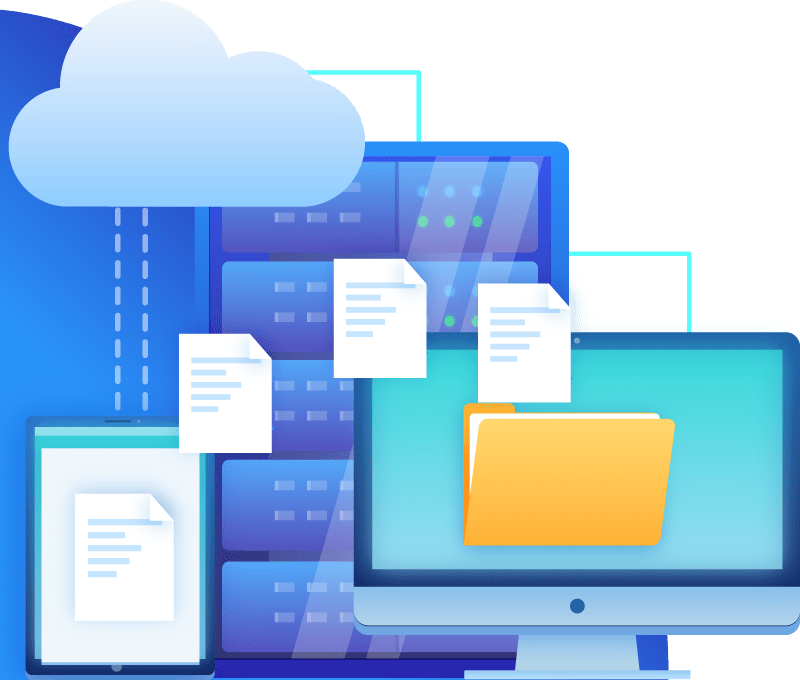MySQL Development
What is MySQL
MySQL is one of the most well-known technologies in the modern world of big data. Anyone interested in enterprise data or general IT should have a basic acquaintance with MySQL. Using MySQL, even people who have no prior experience with relational databases can create systems that are quick, powerful, and safe right away.
Keys to understanding MySQL
As the most widely used database management system (DBMS), MySQL should be studied by everyone in the company, from rookie webmasters to seasoned executives. MySQL’s core availability, structure, philosophy, and usability must be considered before deciding whether to employ this technology.
MySQL is compatible with a wide range of databases.
MySQL was built from the ground up to be cross-platform and cross-technology compatible, despite its common association with web-based applications and services. It is possible to run the RDBMS on any operating system, including Unix-based systems like Linux or Mac OS and Windows.
Because of its client-server design, MySQL can work with a wide range of backends and programming interfaces. Forks of MySQL, such as MariaDB and most other RDBMSes, have architectural and linguistic commonalities that make data migration easy.
Oracle and third-party migration solutions can migrate MySQL data to and from on-premises and cloud-based storage systems. MySQL can be used in virtualized, distributed, centralized, and standalone libraries for learning, testing, or tiny applications.
With all of these different systems and applications, MySQL is an efficient RDBMS solution in most cases.
MySQL is compatible with a wide range of databases.
MySQL was built from the ground up to be cross-platform and cross-technology compatible, despite its common association with web-based applications and services. It is possible to run the RDBMS on any operating system, including Unix-based systems like Linux or Mac OS and Windows.
Because of its client-server design, MySQL can work with a wide range of backends and programming interfaces. Forks of MySQL, such as MariaDB and most other RDBMSes, have architectural and linguistic commonalities that make data migration easy.
Oracle and third-party migration solutions can migrate MySQL data to and from on-premises and cloud-based storage systems. MySQL can be used in virtualized, distributed, centralized, and standalone libraries for learning, testing, or tiny applications.
With all of these different systems and applications, MySQL is an efficient RDBMS solution in most cases.
MySQL is a breeze to work with.
MySQL’s relational nature and the inflexible storage structures that result from it may seem restricting at first. Still, the tabular paradigm is the most intuitive and, as a result, provides superior usability.
There are various ways to support a range of data structures, from the traditional yet rich logical, numeric, alphanumerical, and date/time kinds to more complex JSON or geographical data types. Several tools in the MySQL ecosystem make it easier to do everything from server administration to reporting and data analysis.
When it comes to modeling and codifying data, customers can always find a MySQL feature that works for them regardless of the RDBMS architecture. MySQL is often regarded as one of the most straightforward and intuitive database management systems currently available.

Getting started with MySQL
MySQL is a well-known, tried-and-true, cutting-edge, relational database management system. As a backend of significant customer-facing apps and as part of sophisticated online software stacks, it is widely used by businesses worldwide.
Whether your company uses MySQL or is constructing new systems or migrations to this RDBMS, data integration is essential. With an end-to-end data ecosystem management platform from IPH Technologies, enterprises can now quickly and securely collect, convert, regulate, and reliable exchange data from any system. For a seamless data ecosystem, check out IPH Technologies services now.